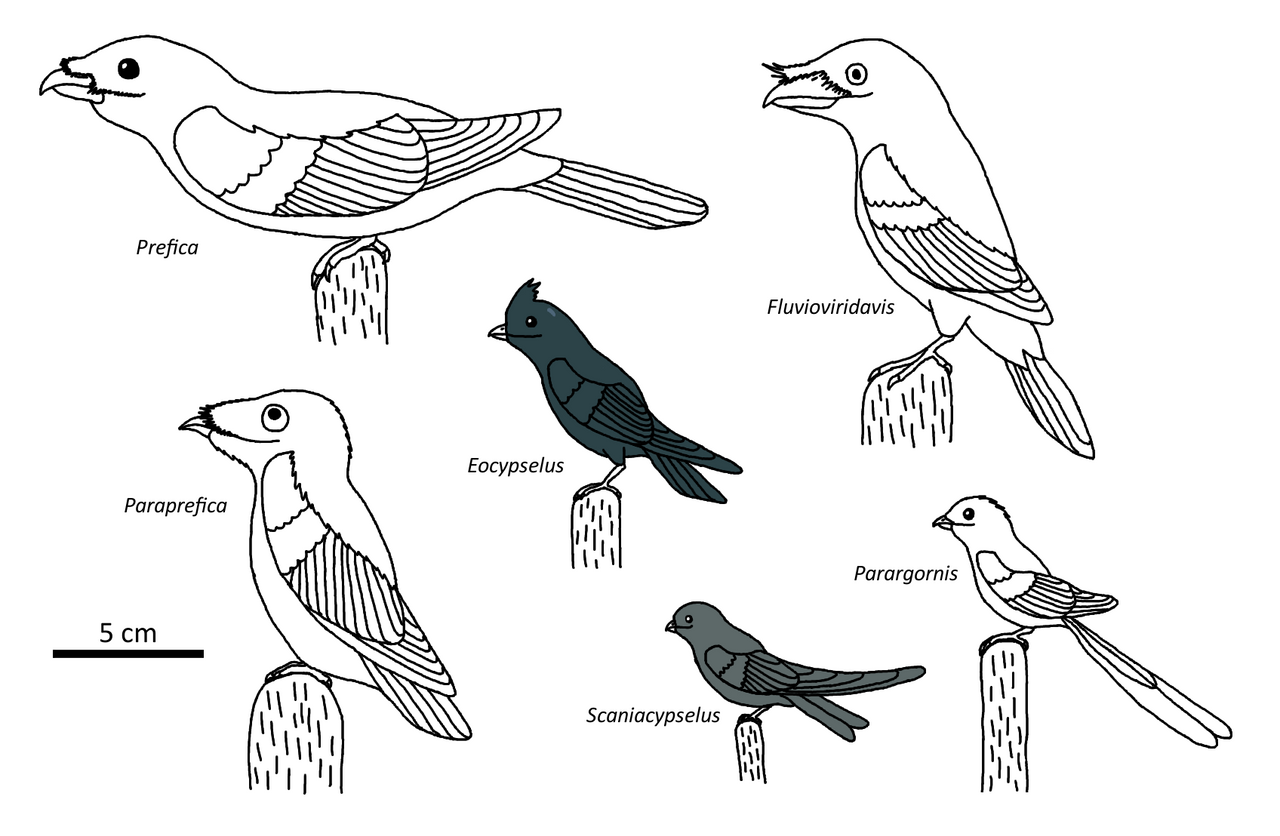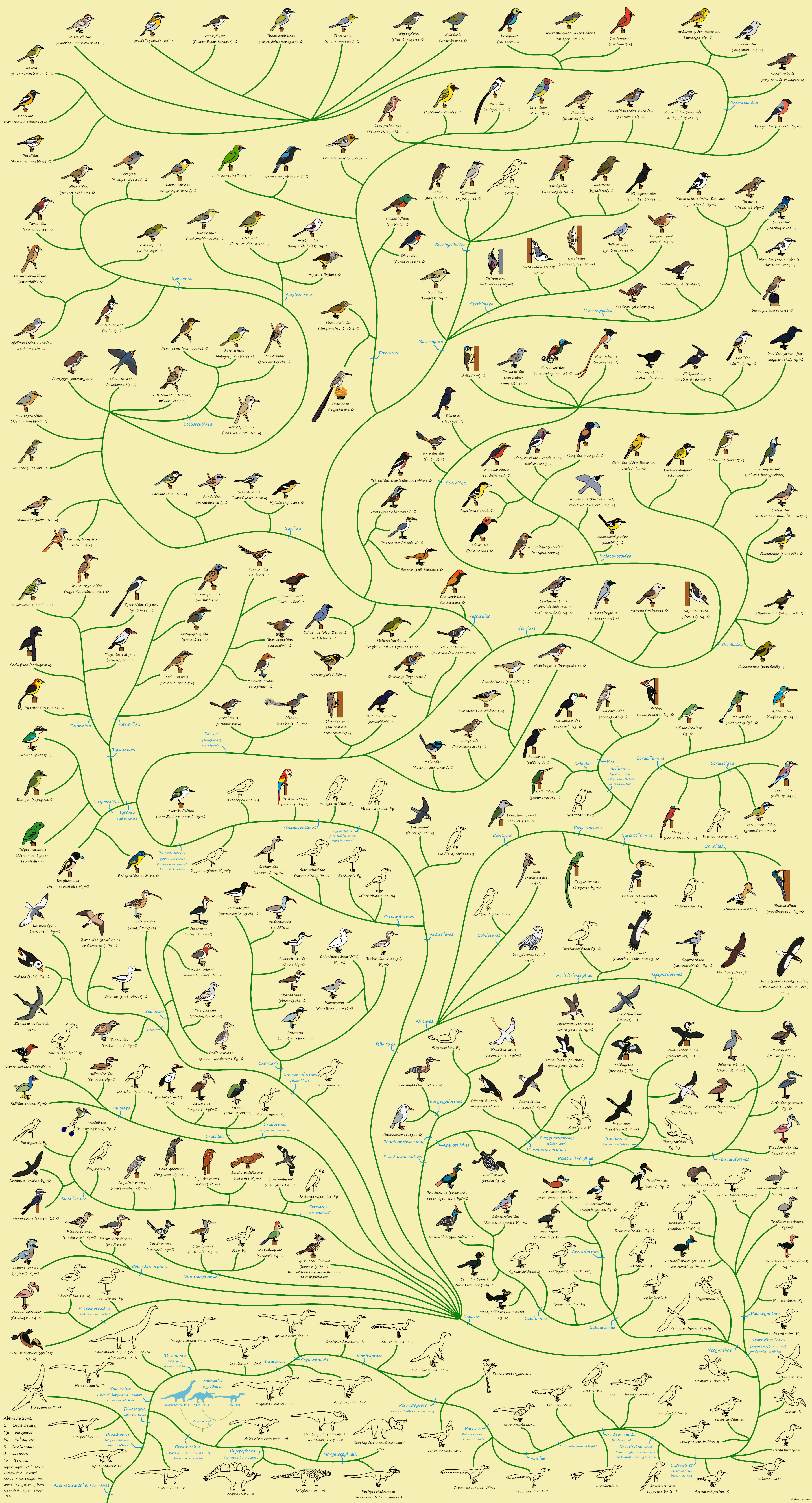HOME | DD
 Albertonykus — A Flock of Buzzers
Albertonykus — A Flock of Buzzers

#fluvioviridavis #paraprefica #eocypselus #scaniacypselus #birds #dinosaurs #strisorians #prefica #parargornis
Published: 2018-01-28 00:15:28 +0000 UTC; Views: 3563; Favourites: 79; Downloads: 9
Redirect to original
Description
One of the most remarkable modern bird groups is Strisores, which includes swifts, hummingbirds, owlet-nightjars, frogmouths, oilbirds, potoos, and nightjars. Some of them are the most aerially adapted vertebrates ever to exist, and others are plain funny-looking . Strisores translates to "buzzers", which makes it one of my favorite names for a bird clade. Anyone who has witnessed the display flight of a male nighthawk can probably attest to how appropriate a name it is.Most strisorians feed on insects; even hummingbirds (which are otherwise specialized nectar feeders) consume a fairly large quantity of arthropod prey as part of their diet. The exception is the very, very weird South American oilbird, which eats fruit because why not. Nocturnality is also characteristic of most strisorian lineages, which raises the question of whether swifts and hummingbirds descended from nocturnal ancestors—astounding if true, considering how important color vision is to hummingbirds. This question remains an open one.
Perhaps surprisingly, given how small and delicate they can be, a decent diversity of fossil strisorians have been found. The above are all Eocene fossil representatives of Strisores that I'm getting to know as part of my PhD. Prefica is a stem-oilbird, Paraprefica is a stem-potoo, Fluvioviridavis is a stem-frogmouth, Eocypselus is closely related to both swifts and hummingbirds (and we know its plumage coloration... or at least part of it ), Scaniacypselus is a stem-swift (for which plumage coloration has been studied as well), and Parargornis is a stem-hummingbird.
These drawings are notable in that the proportions are based on Actual Measurements™ reported in the literature, instead of my typical method of simply eyeballing and cartoonizing from there. As such, that scale bar is intended to be reasonably accurate (insofar as my inexperience in doing Real Paleorestoration™ allows).
Related content
Comments: 7

I knew swifts and hummingbirds were related, but I didn't know there was more. Quite an interesting group this is!
👍: 0 ⏩: 1

Quite so! Strisores was one of those groups that wasn't universally accepted until it was confirmed by molecular phyogenetic analyses. It certainly makes a lot of sense in hindsight though.
👍: 0 ⏩: 0

The oilbird is, IIRC, the only non-predatory nocturnal bird species.
👍: 0 ⏩: 1

I'd also consider the kakapo non-predatory.
👍: 0 ⏩: 2

Though there are reports of them eating lizards and other small vertebrates
👍: 0 ⏩: 0


























